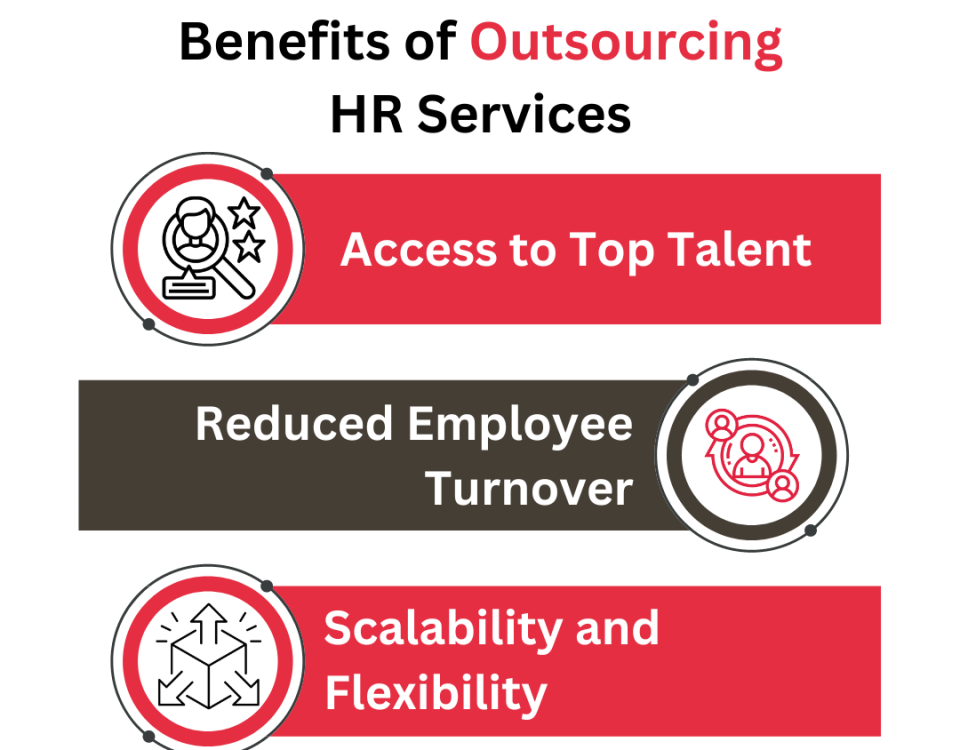
What are your aspirations for the week, month, and year?
September 11, 2020
How to Create Your Ideal Client Checklist (And Why You Should Have One)?
September 16, 2020If you recently hired someone, what questions helped you the most in making your decision?
When you’re a hiring manager, all the effort you’ve put into the hiring process, from screening resumes to interviewing candidates, leads up to one frightening moment – making that actual hiring decision. If you’re lucky, the star candidate has shined through and they’re perfect for the role. In that case, you just need to prepare an offer to welcome them to the company. But more often, you’ll have two or three or more amazing candidates in front of you, each with different merits. Surprise, surprise: this is a ‘good’ problem because it means your talent attraction strategies are pretty good.
But the actual challenge remains – who do you, decide to hire? Well, the hiring decision process starts way before the moment you extend the job offer, with multiple people involved at each step of the hiring pipeline.
How much say does the hiring manager have?
You’re the ultimate decision-maker, as the hiring manager, you’re usually the person new hires report to or the leader of the department new employees belong to. So, it only makes sense that you take the final hiring decision.
This is not a broad guide to hiring, but these steps are the key when you hire an employee.
Define the Job before Hiring an Employee
Carefully Define the Job Before Posting It and Recruiting.
Hiring the right employee starts with a detailed job analysis. The job analysis enables you to collect information about the duties, responsibilities, necessary skills, outcomes, and work environment of that particular job.
The information from the job analysis is key to developing the job description for the new employee. The job description helps you to plan your recruiting strategy for hiring the right employee.
Plan Your Employee Recruiting Strategy
With the job description in hand, set up a recruiting planning meeting that involves the key employees who are recruiting the new employee. The hiring manager is critical to the planning. At this meeting, your recruiting strategy is planned and the execution begins thereafter. Teams that have worked together frequently in hiring an employee can often complete this step via mails.
Use a Checklist for Hiring an Employee
This checklist for hiring an employee will help you standardize your process for hiring an employee. Whether it’s your first employee or one of many employees you are hiring, this checklist for hiring an employee helps you keep track of your recruiting efforts put in.
The checklist for hiring an employee keeps your efforts of recruiting on track and communicates progress to interested employees and the hiring manager.
Recruit the Right Candidates When Hiring an Employee
You can develop relationships with potential candidates long before you need them when hiring an employee. These ideas will also help you in recruiting a large pool of candidates when you have a current position open.
The more qualified candidates you can develop when hiring an employee, the more probable you are to locate a qualified potential employee. Read on to discover the best ways to build up your talent pool when hiring an employee.
Review Credentials and Applications Carefully
The work of reviewing resumes, cover letters, job applications, and job application letters starts with a very well-written job description. Your bulleted list of the most desired characteristics of the most qualified candidate was developed as part of the recruiting planning process.
Screen all applicants against this list of qualifications, skills, experience, and characteristics. You’ll be actually spending your time with your most qualified candidates when hiring an employee. And, that is actually a good use of your time.
Prescreen Your Candidates
The most important aspect to prescreen candidates when hiring an employee is to save the interviewing and selection committee time. While a candidate may look good on paper, a prescreening interview will tell you if their qualifications are truly a fit for the job.
Additionally, in a prescreening interview, you can determine whether their salary expectations are matching with your job. A skilled telephone interviewer will also obtain evidence about whether the candidate may fit within your company culture—or not.
Ask the Right Job Interview Questions
The job interview is a powerful factor in hiring an employee. The job interview is a key tool employers utilize in hiring. The job interview questions asked are critical in magnifying the power of the job interview to help you in hiring the right candidate.
Interview questions that help you distinguish desirable candidates from average candidates are fundamental when hiring an employee. Job interview questions really matter to employers. Here are sample job interview questions.
Check Backgrounds and References When Hiring an Employee
Effective background checks are one of the most significant steps when hiring an employee. You need to verify that all the presented, sterling credentials, skills, and experience are actually possessed by the candidate shortlisted.
The background checks must include work references, especially former managers, educational credentials, employment references and actual jobs held, and criminal history. Other background checks when hiring an employee, such as credit history, must be specially related to the job for which you are hiring an employee.
Critical Factors to Consider Before Hiring an Employee
When you consider hiring an employee, it’s tempting to offer the job to the candidate who is like you. The employee feels as comfortable as a well-worn shoe. You won’t get very many surprises once you make the job offer, and your gut is comfortable that your favorite candidate can do the job well.
Beware; beware of this practice when hiring an employee. Why does your organization need another employee who is just like you?
Extend a Job Offer
The job offer letter is provided to the candidate you have selected for a particular position. Most frequently, the candidate and the organization have verbally negotiated the conditions of hire and the job offer letter confirms the verbal agreements about salary and other benefits.
The more senior the position, however, the more likely the job offer will turn into a lingering negotiation about salary, benefits, employment termination, bonus potential, severance pay, stock options, and more when hiring an employee.
Use Effective Employment Letters When Hiring an Employee
The employment letters will assist you to reject job candidates, make job offers, welcome employees, and more when hiring an employee. Use good employment letters to develop the employment letters you use in your organization when hiring an employee.
Few Questions You Should Absolutely Ask an Interviewer
While some interviews may feel more like interrogations, they shouldn’t be that.
Close your eyes and think of a tennis match: The ball is hit back and forth, rather effortlessly .An interview should be like a casual game of tennis, where questions are thrown back and forth. They ask a question, you act in response. Then you ask a question, and they respond back and forth.
The key is actually to ask the right kind of questions. The type of questions you chose to ask your interviewer should stem from what you need to know in order to fully evaluate that position. This means the questions you chose to prioritize should be well thought out in advance.
Here are 8 prompts to get you in the right frame of mind:
QUESTION #1: What do the day-to-day responsibilities of the role look like?
“How we spend our days is, of course, how we spend our lives.” Success and happiness boils down to contentment with the nitty-gritty of the everyday in a job.
QUESTION #2: What are the company’s values? What characteristics do you look for in employees in order to represent those values?
Dig deep to get more information on the company culture. You’ll get insight into what is most important for the company as a whole, and what it values in the individuals who work with them
QUESTION #3: What’s your favorite part about working at the company?
It’s important to get a sense of your interviewer’s outlook about working there. If enthusiasm flows easily, that’s a positive sign. If it isn’t, that is worth noting too.
QUESTION #4: What does success look like in this position, and how do you measure it?
It’s vital to have a deep understanding of how a company measures success. What are the key performance indicators for the role? How, and how often, are they measured?
QUESTION #5: Are there opportunities for professional development? If so, what do those look like?
When asking this question, you would know whether there are opportunities for growth and whether the company has a Learning & Development program.
QUESTION #6: Who will I be working most closely with?
This question will help you get a better sense of the dynamics of who your collaborators are. Jot down the names, ask for titles. It’s imperative to evaluate how cross-functional the role is.
QUESTION #7: What do you see as the most challenging aspect of this job?
Knowing the good is just as essential as knowing the not-so-good. You also want to understand the scale of the problems you’ll be dealing with.
QUESTION #8: Is there anything about my background or resume that makes you question whether I am a good fit for this role?
This question displays that you’re highly devoted in the job and committed to understanding your prospects as a candidate. Also, it will also allow you an opportunity to respond to any potential concerns.
Your Questions can actually make or break an interview. If they are not thoughtful they can be more indignant than being helpful. Asking smart, engaging questions is imperative
References:
https://www.thebalancecareers.com/top-tips-for-hiring-the-right-employee-1918964
https://www.glassdoor.com/blog/questions-ask-an-interviewer/
https://www.businessinsider.in/careers/news/34-brilliant-questions-to-ask-at-the-end-of-every-job-interview/slidelist/77662033.cms#slideid=77662366








